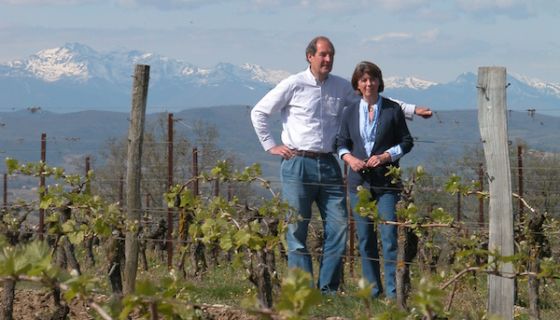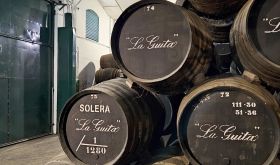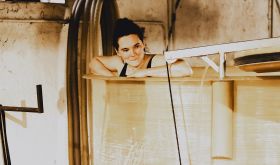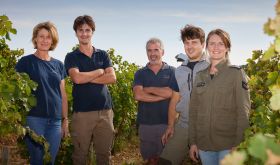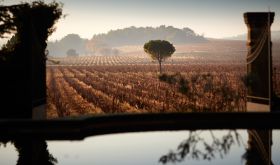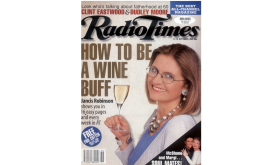From €12.50, £13.99
Mauzac is a most unusual old grape variety indigenous to South West France, originally Gaillac, where it is the sole ingredient in the minority product, lightly sparkling, sweet, cloudy Gaillac Méthode Ancestrale, and is blended with the local Len de l’El and Muscadelle in still white Gaillac. It tastes strongly and pleasantly of apple skins, if it is allowed to ripen sufficiently.
Quite a distance further south in the hills west of Corbières, Limoux also has a tradition of naturally sparkling, bottle-fermented, undisgorged Méthode Ancestrale wines based on Mauzac, and Mauzac has long been the main ingredient in the region's principal wine, sparkling Blanquette de Limoux.
But Limoux also sanctions 100% varietal still Mauzac, a wine style pioneered by Jan and Caryl Panman at Ch Rives Blanques, although they have now been joined by one or two others. This is not surprising because their Occitania Mauzac is a very distinctive wine indeed, one that has been paid the compliment of being regularly served in KLM’s first-class cabin even though it is far from being a luxury product, as you can see from the prices above.
The Panman's Mauzac comes from a two-hectare block of massal selection 55-year-old vines at their elevated altitude of about 250 metres overlooking the Pyrenees (see main picture) which leaves their vines feeling a little fresher than the Languedoc norm – even in this torrid summer. They ferment and age the wine in oak, with only the tiniest proportion new (unlike the Chardonnays made in Limoux that were initially really quite oaky).

This wine, that for some reason the Panmans package in clear glass (see The (increasing) problem of lightstrike), really is most unusual. You get a whiff of the apple skins from the start, but on the palate it builds towards an assertive conclusion in the way that a great burgundy does (albeit with quite different flavours). It has massive grip and then explodes with flavours including coffee beans, passion fruit and kumquats on the finish. All that flavour and only 12.7% alcohol in the case of the 2015 which I’m sure will continue to develop in bottle at least until 2020.
The Panmans are in the fortunate position of having their children interested in carrying on this intensely family enterprise. See below.

All Limoux wines are ludicrously underpriced, and that includes the good-value Crémant de Limoux made mainly from Chardonnay and Chenin Blanc by the traditional method that locals claim to have invented. (The Champenois are not amused by this claim.)
According to wine-searcher.com this wine is available in Holland (Jan Panman was a Dutch banker before seeing the winemaking light at the beginning of this century), Germany and the UK. I should imagine it will continue to gain listings, if there is enough to go round. This is an archetypal indigenous grape speciality.

